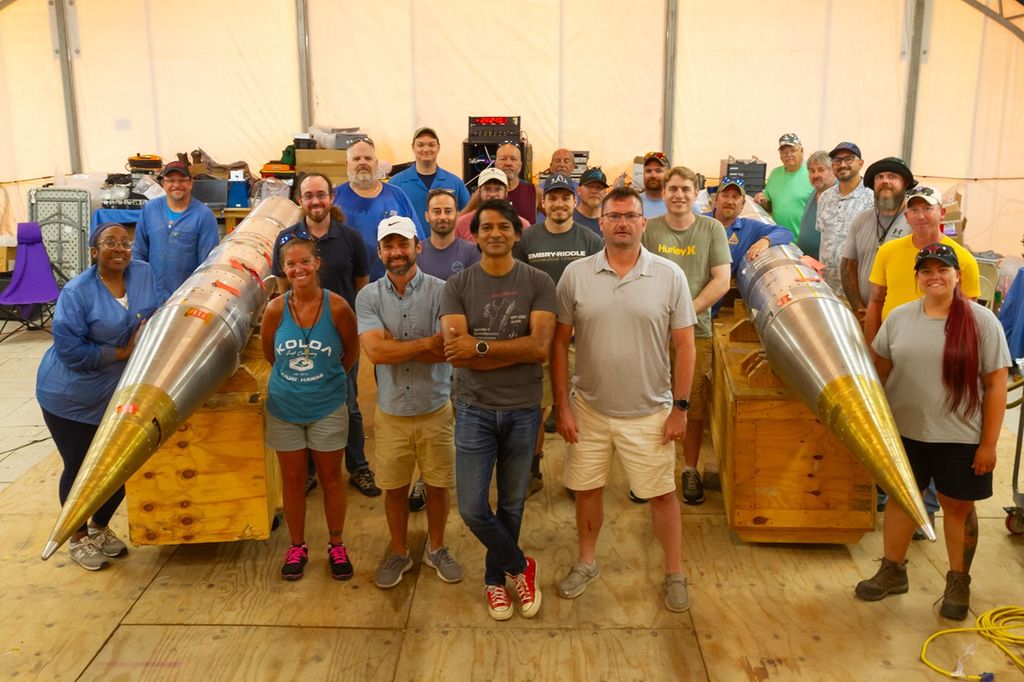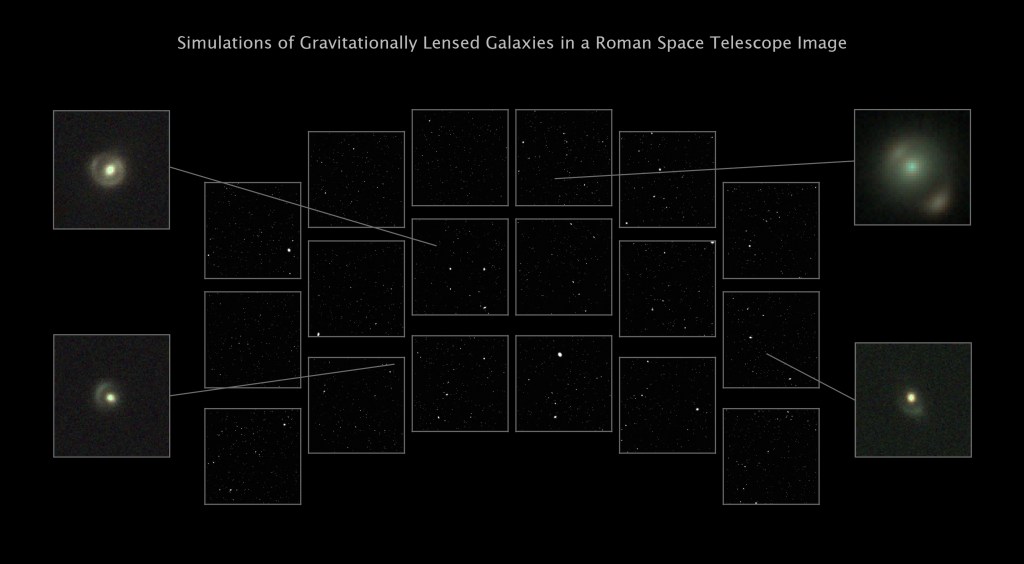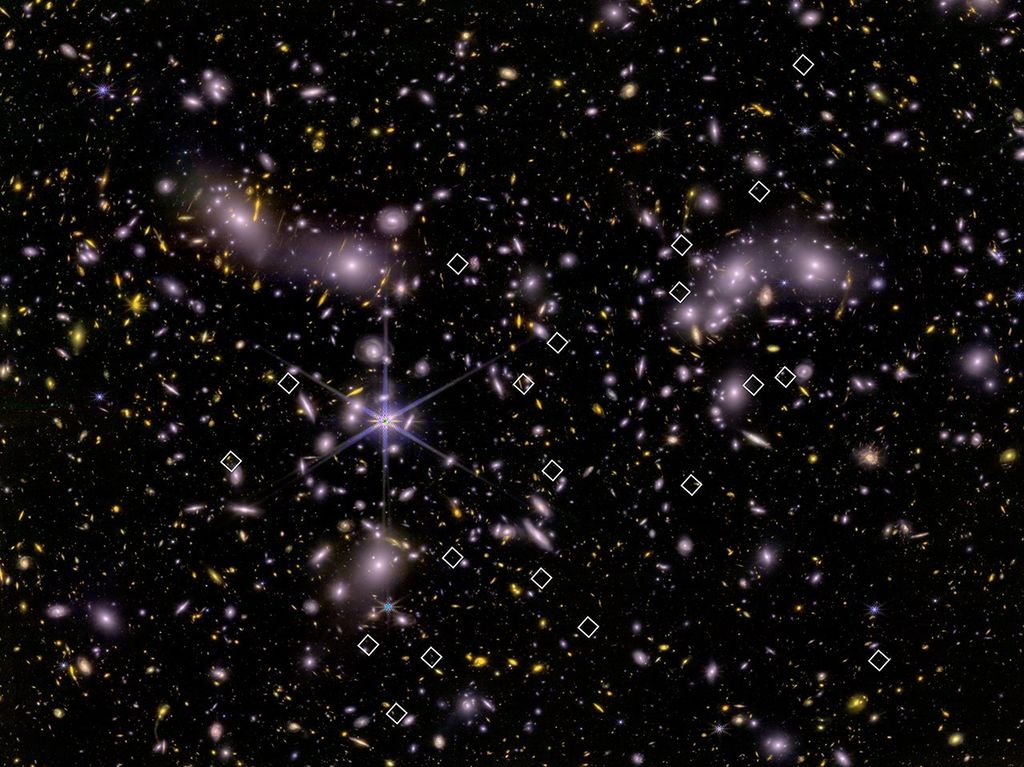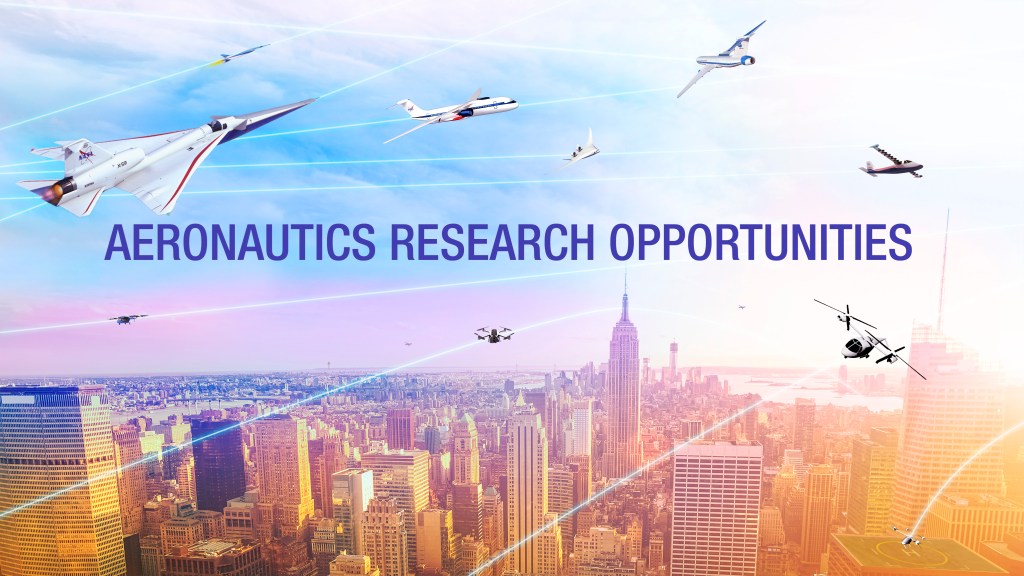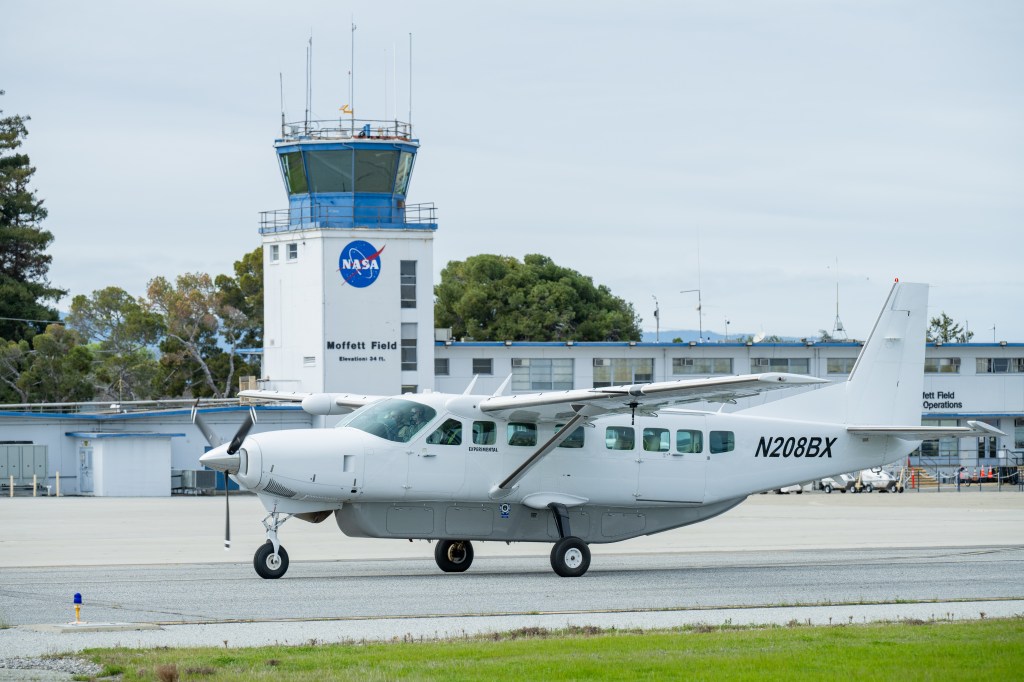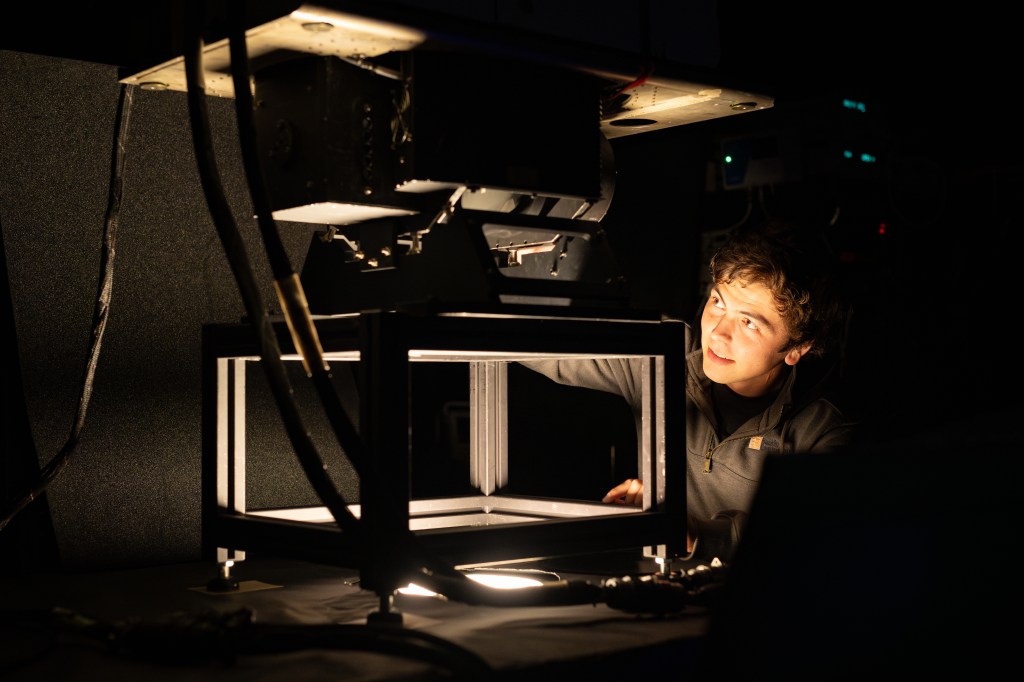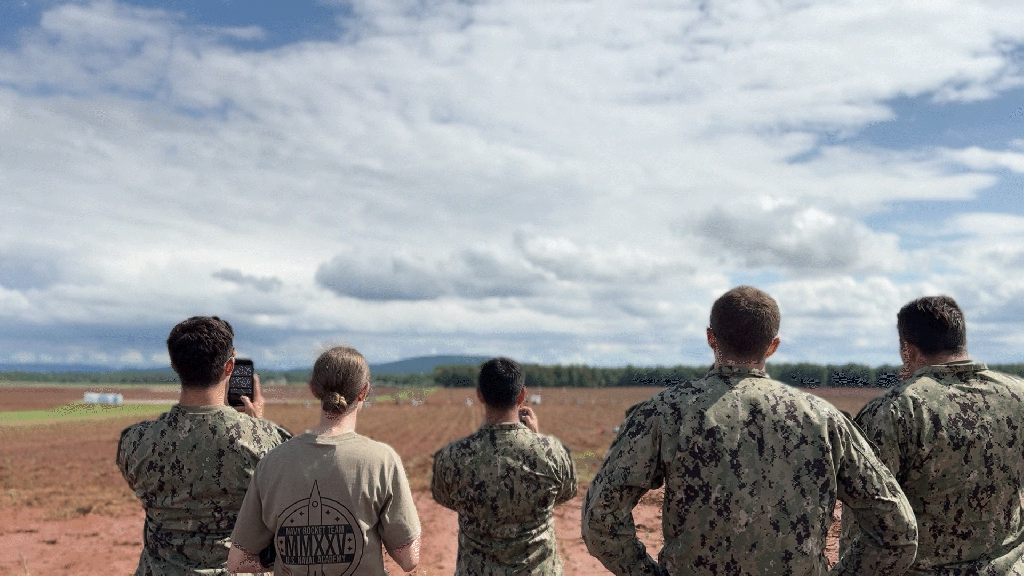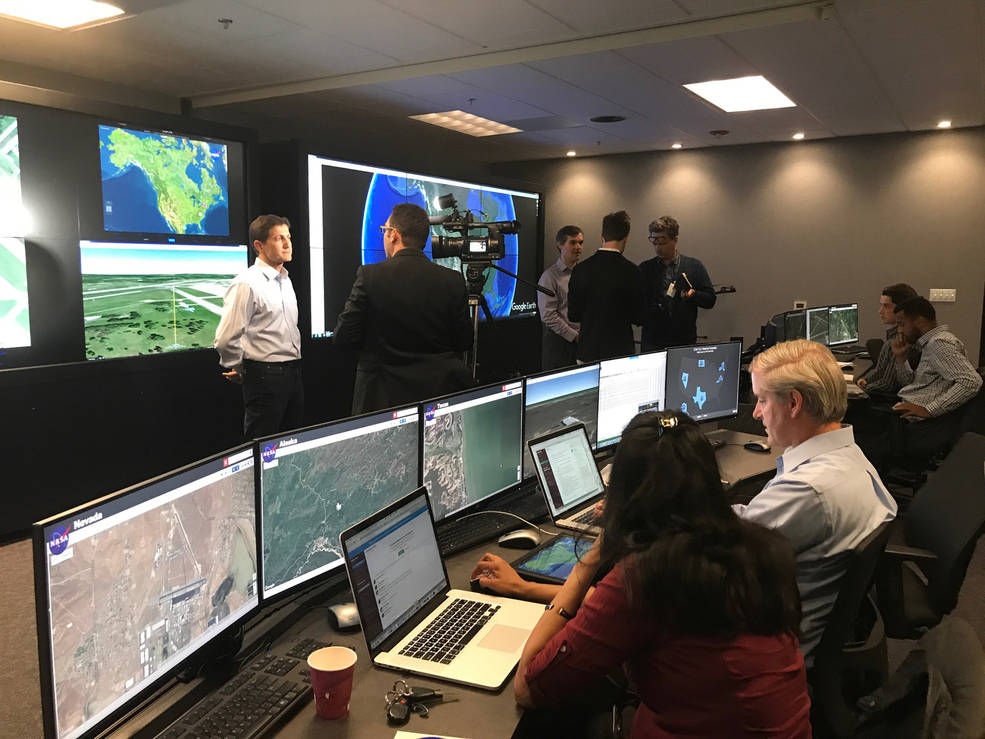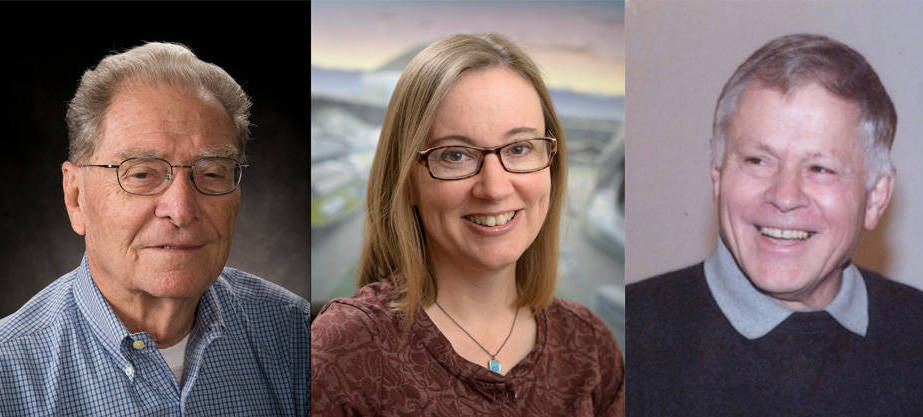June 2017 issue of Ames' newsletter the Astrogram
NASA Releases Kepler Survey Catalog with Hundreds of New Planet Candidates
by Michele Johnson
NASA’s Kepler space telescope team has released a mission catalog of planet candidates that introduces 219 new planet candidates, 10 of which are near-Earth size and orbiting in their star’s habitable zone, which is the range of distance from a star where liquid water could pool on the surface of a rocky planet.
This is the most comprehensive and detailed catalog release of candidate exoplanets, which are planets outside our solar system, from Kepler’s first four years of data. It’s also the final catalog from the spacecraft’s view of the patch of sky in the Cygnus constellation.
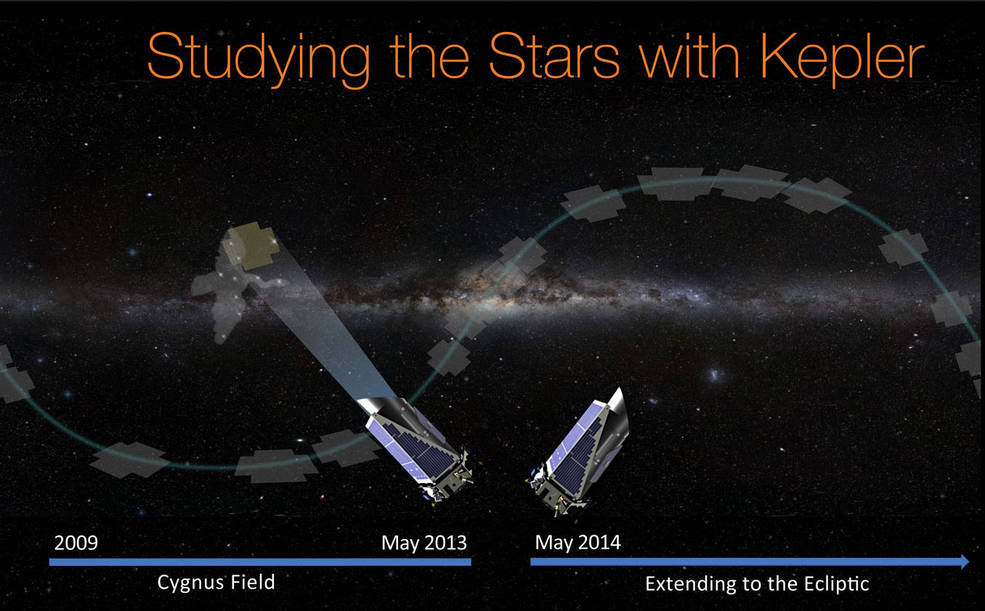
With the release of this catalog, derived from data publicly available on the NASA Exoplanet Archive, there are now 4,034 planet candidates identified by Kepler. Of which, 2,335 have been verified as exoplanets. Of roughly 50 near-Earth size habitable zone candidates detected by Kepler, more than 30 have been verified.
Additionally, results using Kepler data suggest two distinct size groupings of small planets. Both results have significant implications for the search for life. The final Kepler catalog will serve as the foundation for more study to determine the prevalence and demographics of planets in the galaxy, while the discovery of the two distinct planetary populations shows that about half the planets we know of in the galaxy either have no surface, or lie beneath a deep, crushing atmosphere – an environment unlikely to host life.
The findings were presented at a news conference on the morning of June 19, 2017, at NASA Ames.
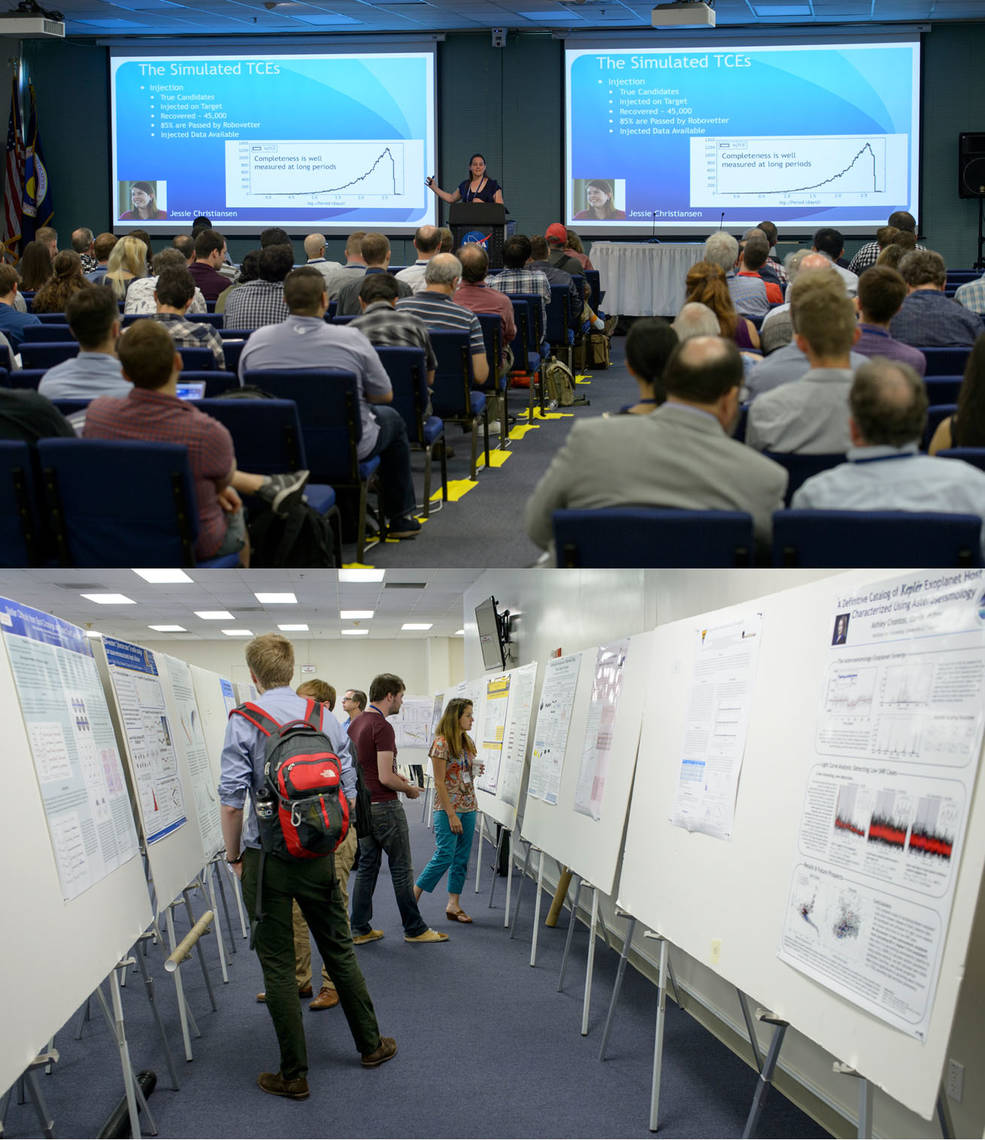
“The Kepler data set is unique, as it is the only one containing a population of these near Earth-analogs – planets with roughly the same size and orbit as Earth,” said Mario Perez, Kepler program scientist in the Astrophysics Division of NASA’s Science Mission Directorate. “Understanding their frequency in the galaxy will help inform the design of future NASA missions to directly image another Earth.”
The Kepler space telescope hunts for planets by detecting the minuscule drop in a star’s brightness that occurs when a planet crosses in front of it, called a transit.
This is the eighth release of the Kepler candidate catalog, gathered by reprocessing the entire set of data from Kepler’s observations during the first four years of its primary mission. This data will enable scientists to determine what planetary populations – from rocky bodies the size of Earth, to gas giants the size of Jupiter – make up the galaxy’s planetary demographics.
For full feature story, see: https://www.nasa.gov/press-release/nasa-releases-kepler-survey-catalog-with-hundreds-of-new-planet-candidates
NASA Completes its Latest Drone Traffic Management Flight Campaign
NASA and its partners are wrapping up tests of the most recent version of its Unmanned Aircraft Systems (UAS) Traffic Management (UTM) technologies with live, remotely operated aircraft, or drones, at six sites around the country.
The three-week campaign, known as the Technology Capability Level 2 (TCL2) National Campaign, has focused on flying small drones well beyond the pilot’s visual line of sight over sparsely populated areas at six of the Federal Aviation Administration (FAA) test sites.
“Using the power of collaborative innovation to work alongside many committed government, industry and academic partners, NASA is fostering commercial sector investment in UAS technology, and enabling the agency to lead research and development using a cloud-based UTM research platform,” said Arwa Aweiss, coordinator for NASA’s UTM TCL2 National Campaign.
The operational scenarios have simulated a variety of use cases including package deliveries, farmland surveys, search and rescue operations, railway inspections, and video surveillance operations.
Data collection for the TCL2 flight campaign ends this Friday, but engineers need a few more months to evaluate and analyze the collected data. Nonetheless, a few results are already known. For full feature story, see: https://www.nasa.gov/aero/nasa-completes-latest-drone-traffic-management-flight-campaign
Employees Recognized at 2017 Presidential Rank and NASA Honor Awards Ceremony
The 2017 NASA Honor Awards Ceremony for NASA Ames was held on June 27, 2017. The center presented 2017 Presidential Rank and NASA Honor Awards to 67 employees who were selected for individual awards, and to 26 groups which were selected for the NASA Group Achievement Award. The names of the honorees are listed below.
2017 NASA HONOR AWARDS
Presidential Rank of Meritorious Executive
Thomas A. Edwards
Early Career Achievement Medal
Michael J. Beerer
Rosalinda R. De Leon
Jonathan M. Galazka
Katsutoshi C. Ishisoko
Michael M. Lehner
Brent R. Little
Gina T. Ma
Shivanjli Sharma
Early Career Public Achievement Medal
Antonella I. Alunni
Ben Lawrence
Gregory T. Swanson
Equal Employment Opportunity Medal
Susan M. Segall
Leedjia Svec
Exceptional Achievement Medal
Stephen E. Dunagan
Steve K. Glendenning
Veronica L. Gutierrez
Miwa Hayashi
Marcus A. Johnson
Sharon K. Lozano
Bernadette Luna
Mark E. McKelvey
Tina L. Panontin
Shiva Rad-Garcia
Jens Redemann
Joseph L. Rios
Alex Sheikman
Exceptional Administrative Achievement Medal
Josefina M. Serrano
Exceptional Engineering Achievement Medal
Michelle M. Eshow
Joseph G. Mach
Milad Mahzari
Larry A. Meyn
Michael C. Wilder
Exceptional Public Achievement Medal
Mark R. Anderson
Fergal R. Mullally
Kristina A. Skokova
William D. Vacca
Exceptional Public Service Medal
Thomas S. Barclay
Michele A. Johnson
Henry Lee
Richard B. Ross
David A. Saunders
Christopher B. Tanner
Exceptional Scientific Achievement Medal
David F. Blake
Dale P. Cruikshank
Richard L. Jaffe
Exceptional Service Medal
Victor Chin
Anjennette E. Contreras-Rodriguez
James E. Hilt
Linda T. Kobayashi
Boris M. Rabin
Matt R. Switzer
Exceptional Technology Achievement Medal
Guillaume P. Brat
R. Ganesh Rajagopalan
Outstanding Leadership Medal
Gordon B. Aaseng
Steve B. Howell
Laura T. Iraci
Eric A. Kristich
Nateri K. Madavan
Donovan L. Mathias
James C. Ross
Yvonne Simonsen
Michael G. Skidmore
Khai B. Tran Mark J. Won
Outstanding Public Leadership Medal
Macarena P. Parra
Silver Achievement Medal
Farzana Moreno
Group Achievement Award
2016 NASA Flight Test Team
Ames Master Plan Team
Ames/JPL Weather Test Team
Cart3D Team
Code R Directorate Resource Analyst Group
Deutsches SOFIA Institut at Ames, DSI-ARC
Discovery and Systems Health Open-Sourcing Team
E-MIST Team
ESM Micro-Scale TPS Modeling Team
K2 Campaign 9 Microlensing Science Experiment Team
KORUS-AQ LAVA Team
Logistics Team for Shipments to IMBP for Bion
Mars Wind Tunnel Forward Flight Performance Team
Microbial Tracking-1 Project Team
Modular Supercomputing Deployment Team
NASA Ames Staffing Team
NESSI Commissioning Team
POSIDON Rodent Research-3 Project Team
Safe Autonomous Flight Environment (SAFE50) for sUAS
SMAP Mishap Investigation Board
Thermal and Fluids Analysis Workshop Team
Travel Business Process & Design and Documentation
UAS Traffic Management (UTM) Team
WetLab-2 Project Team
Ames Inspires at the San Francisco LGBT Pride Parade 2017
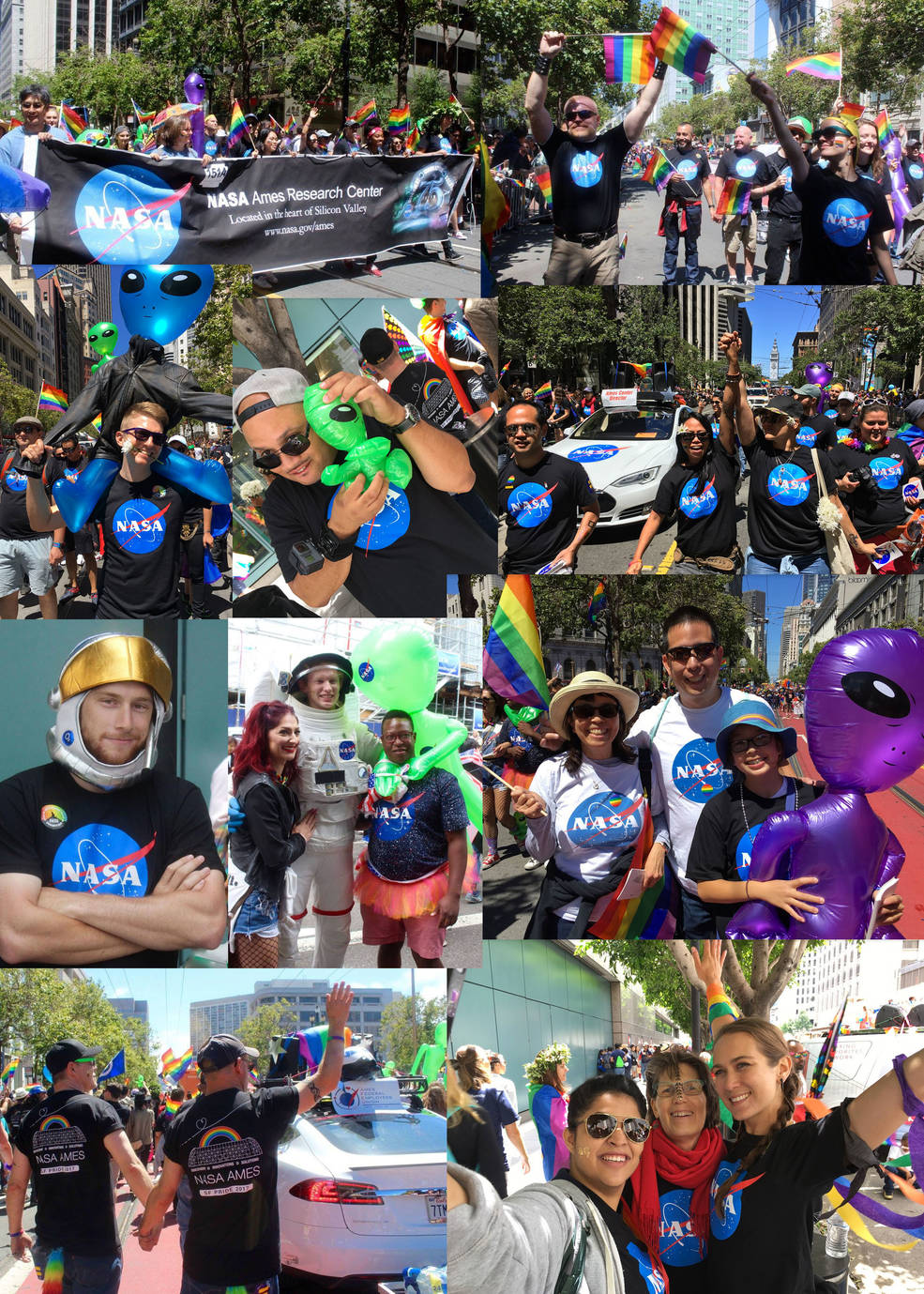
Ombuds Offices Services Available to Ames Employees
The Ames Ombuds Office provides all civil servants, contractors and students at the center with a supplemental, confidential and informal channel of communication to raise significant issues and concerns that they perceive could impact safety, organizational performance or mission success.
The Ombuds is accountable for conducting informal inquiries, raising issues of concern to appropriate officials and can redirect matters not under the Ombuds’ realm to the appropriate office or organization with an existing administrative system should an individual so desire; for example, the Inspector General, the Office of Equal Opportunity and Diversity, Ames Federal Employees Union, Procurement Ombuds, Chief Counsel and Human Resources.
The Ombuds’ power rests on their reputation for confidentiality, fairness, objectivity, tact and respectful concern for the welfare of all individuals of the NASA community and for the well-being of the agency. John (Jack) Boyd, Lisa Lockyer and Jim Arnold all serve as Ames’ Ombuds. They can meet you at a location of your choice. You also can work with an Ombuds at another center. The Ombuds office is located in Building 200, room 205, Mail Stop 200-1A. Boyd can be reached at ext. 4-5222 or at email: john.w.boyd@nasa.gov, and Lockyer can be reached at ext. 4-3009 or at email: lisa.l.lockyer@nasa.gov. Arnold can be reached at ext. 4-5265 or at email: james.o.arnold@nasa.gov The Ombuds website is: http://insideames.arc.nasa.gov/life-ombudsoffice.php

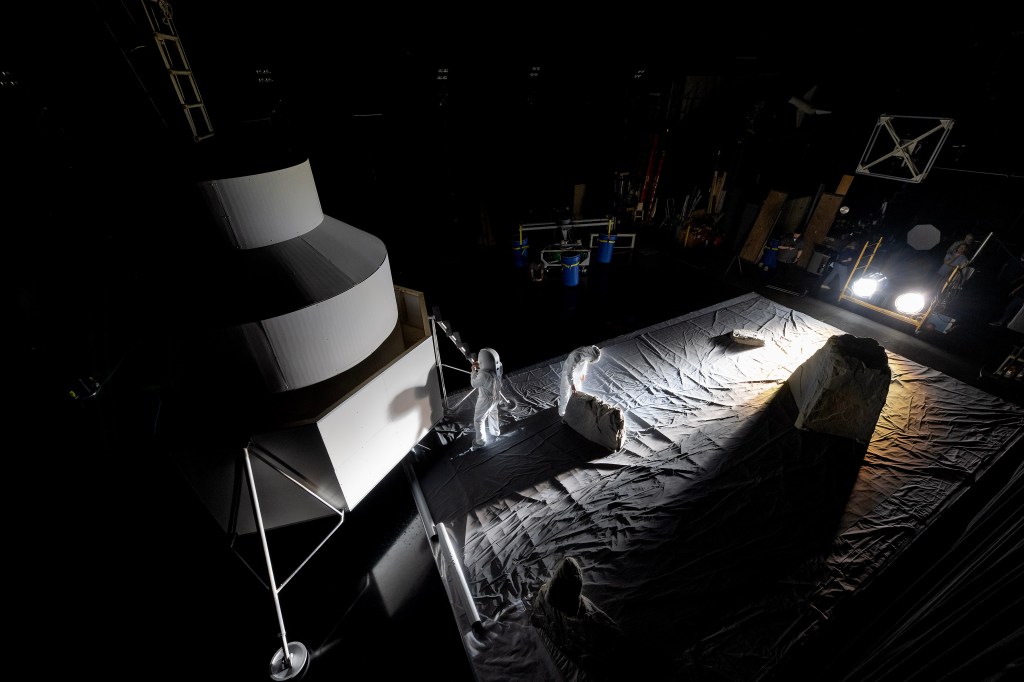
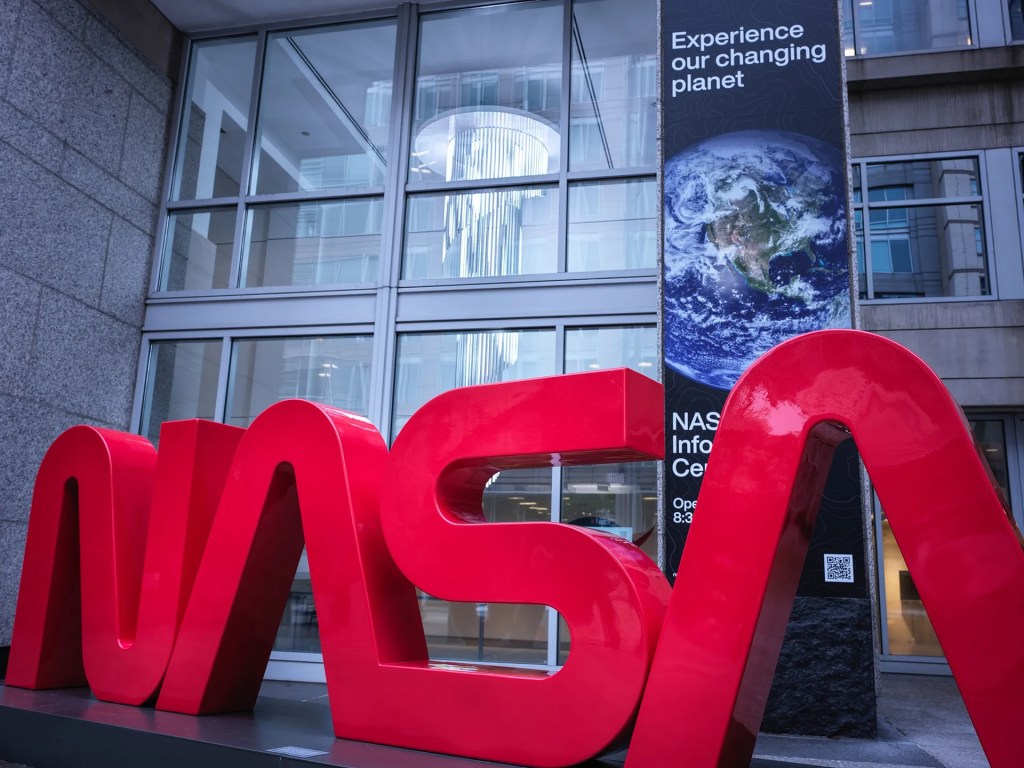
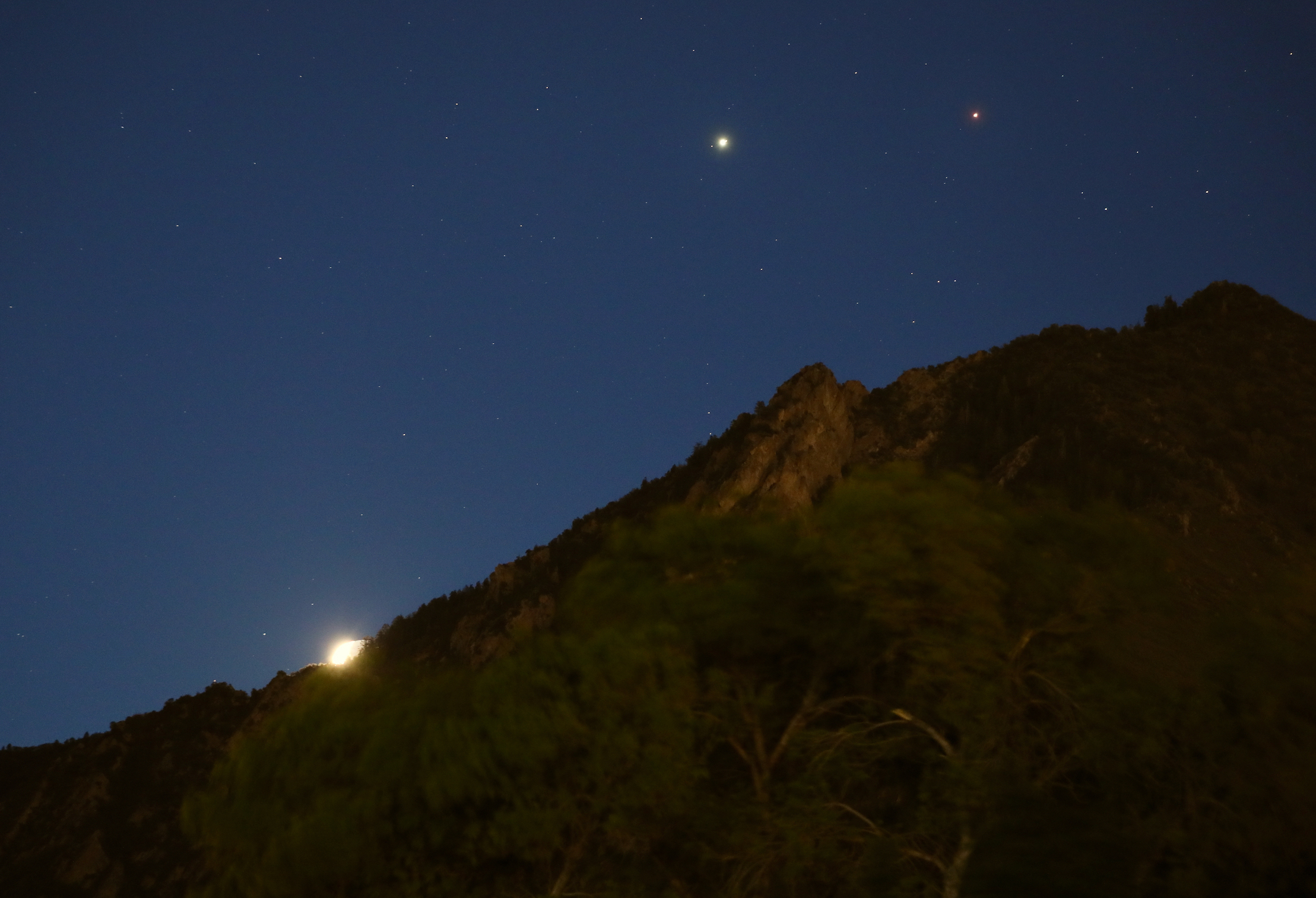
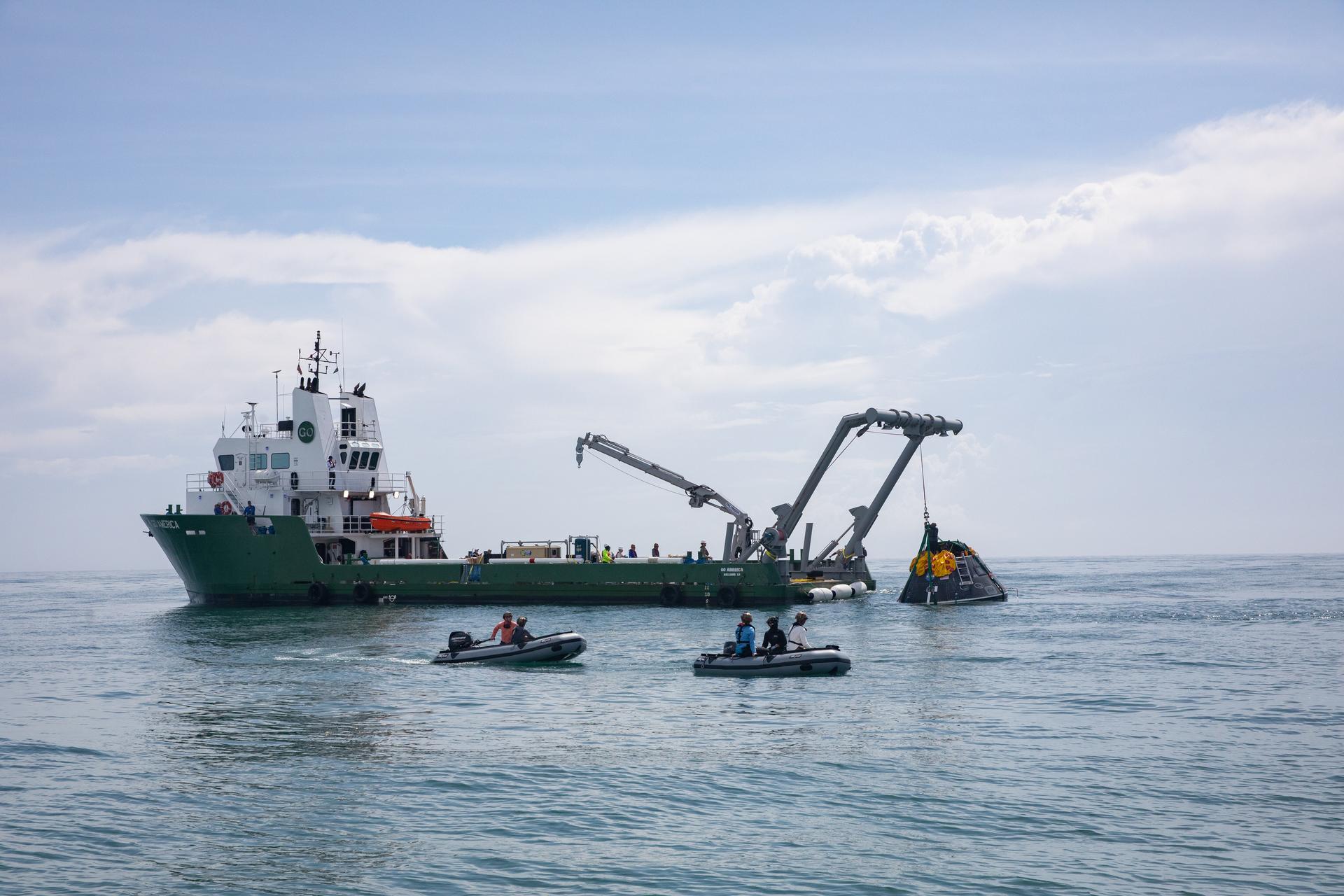

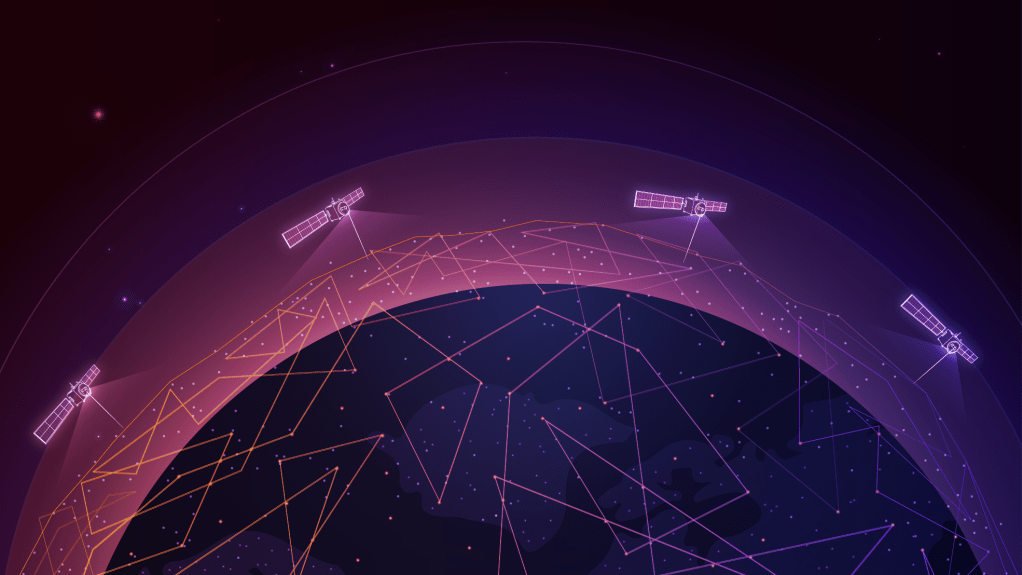



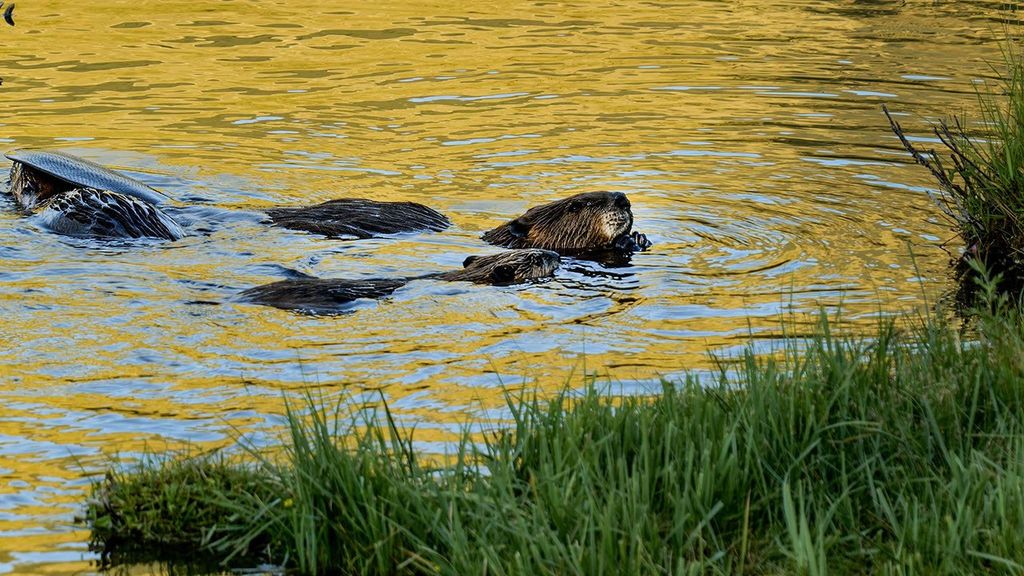
.jpg?w=1024)
